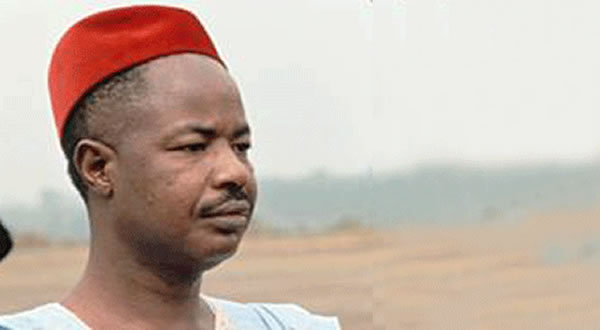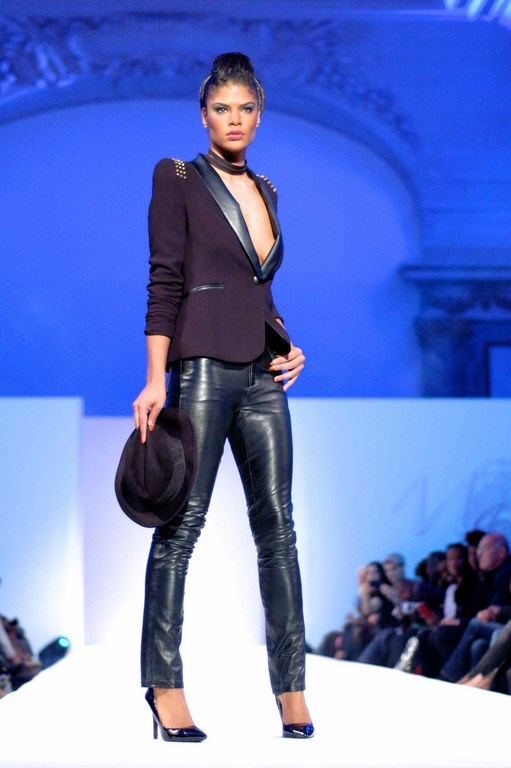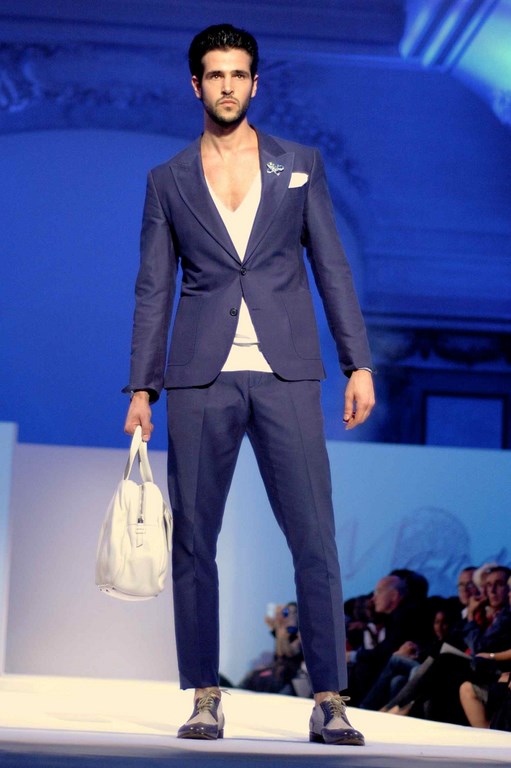We recently had a class where we discussed about acquiring French citizenship and the hurdles involved in migrating to France for non-citizens. Europe is a dream come true for many people from countries plagued by poverty, unemployment and political instability. However, there is a challenge to moving to greener pastures. Integrating oneself to the new environment and culture and having your way of life accepted by the other culture has proven difficult.
Definition of a French citizen
There are different versions of what people define being 'French' to mean. To some being a French monsieur, madame or mademoiselle you should be of Caucasian descent while to others being French means to be born in the country or living in France for several years and acknowledging the language and culture of the state regardless of race. This has resulted in racial discrimination towards some immigrants and even citizens of France who are not of Caucasian descent. |
| French Citizenship |
Upsurge of different cultures
Immigration to France increased significantly between the periods of 1945 to 1974. Most immigrants are from Africa, other European countries and Asia. Most African immigrants came from Algeria, Morocco, Tunisia, Mali, Senegal and Cote d'Ivoire. This influx of immigrants saw an introduction of several cultures into France in terms of language, religion and even cuisine.Today there exist restaurants in France that serve Cameroonian cuisine or Chinese food. There is also the presence of other religions like Judaism and Islam. This has changed the face of France and it is now seen to be a multi-cultural country.
 |
| African Restaurant in France and the Grand Mosque in Paris |
Life of Immigrants in France
There are pros and cons experienced by immigrants on moving to France. France provides better opportunities for employment compared to the home countries of immigrants. There is also security due to political stability and higher standards of living. High quality educational facilities are also more accessible.The negative experiences might include difficulty in attaining citizenship documents even after meeting the requirements for application. The novel Un amour sans papiers by Nathalie Etoke, an author and professor of French in an American university, looks into the world of immigrants living in France. We were honored to have a Skype chat with Nathalie during one of our classes where she touched on issues regarding French citizenship and her experiences while she lived in France.
Immigrants may also face racial or religious discrimination while trying to settle in France.
The Future of immigrants in France
It is my hope that France will grow to integrate a variety of cultures and to become a state that appreciates cultural diversity. Also appropriate measures should be taken by the French government to protect immigrants and their descendants from any form of discrimination. |
| Cultural Diversity |
























 My Poulet Dg
My Poulet Dg

















